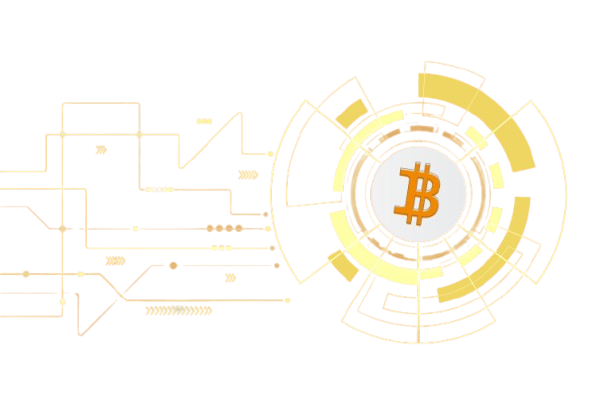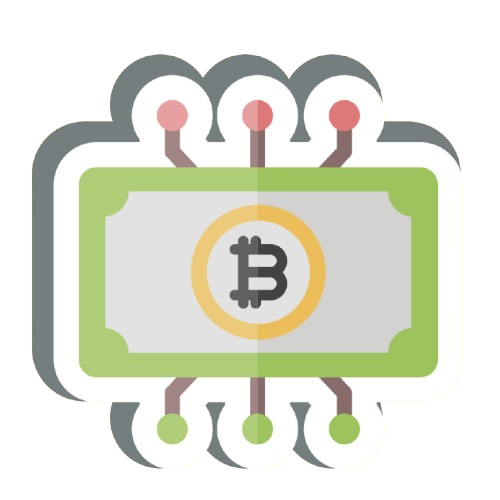
If you’re serious about being part of Bitcoin, running your own node in 2025 is one of the smartest moves you can make. It’s not just about keeping a copy of the blockchain, it’s about staying in control, not relying on others, and verifying everything for yourself. You don’t need to be a developer or tech expert to do this either. With the right tools and a bit of patience, anyone in the US can run a node from home and start contributing to the Bitcoin network directly.
What Kind of Hardware Do You Really Need?
Let’s start with the gear. You don’t have to break the bank to run a node, but you do need the right parts. An SSD is definitely worth it. It handles all the reading and writing way faster than older hard drives. You’ll be syncing and validating data constantly, so an SSD keeps things smooth.
As for your processor, try not to go too basic. A good CPU will help your node handle all the background work without lagging. RAM matters too, having enough of it will stop your node from slowing down when things get busy. If you’re planning to keep your node running most of the time, it’s worth building a setup that’s reliable from the start.
How to Get Everything Up and Running
Once you’ve got the hardware sorted, it’s time to set it up. You’ll need to download and install Bitcoin Core, it’s the software your node will run. Don’t worry if you’re not a tech pro; the install process has gotten much easier over the years. Whether you’re on Windows, macOS, or Linux, the instructions are simple to follow.
After installing, you’ll want to fine-tune the configuration. This means editing a file called bitcoin.conf. It sounds complicated, but it’s mostly about telling your node how much memory to use, whether you want to prune older data, and how to manage your storage. You’ll also need to make your router play nice with your node by setting up port forwarding. It’s a one-time job and helps your node connect properly with others on the network.
Syncing with the Blockchain

Now comes the waiting game. When you fire up your node for the first time, it has to download and verify the entire Bitcoin history. That’s a lot of data, and it takes a while. If you’re using a decent SSD and have a solid internet connection, it’ll go faster, but don’t expect it to be done in an hour.
If you want to speed things up a bit, there are settings that help, like adjusting memory usage or enabling pruning to save space. The important thing is to let it sync fully, once that’s done, you’ll be operating from your own full copy of the blockchain. No more trusting third parties to tell you what’s real.
Unlike crypto exchanges, which require you to rely on their records and infrastructure, running your own node gives you full control over the data you see and the network you interact with.
Keeping Your Node Connected and Reliable
Your node is now part of the network, sharing and receiving information with other nodes. This is where connection quality makes a difference. You’ll want your node to be linked to trustworthy peers. Too few connections, and your node might struggle to stay in sync. Too many, and your internet might get bogged down.
If privacy is a concern for you, there are ways to hide your node’s location and activity. Running it through a VPN or using anonymous networks like Tor can keep your setup private and more secure. These options are pretty easy to set up and give you extra peace of mind.
Keeping Tabs on Performance
Once your node is running, you don’t want to just forget about it. Checking in on how it’s performing can help you spot issues early. There are tools and dashboards that show how your node is doing, things like memory usage, bandwidth, and how many peers you’re connected to.
You can also tweak a few settings to make your node work better. For example, changing how much memory it uses for caching can speed things up. It’s all about finding the balance that works best for your system and internet setup.
Security Still Comes First

Just like anything else connected to the internet, security should be a top priority. If you’re running the node from home, make sure your network is locked down. Use strong passwords, set up a firewall, and keep everything updated. If you want to manage your node from another computer, you can use secure tools that protect your connection from snoops or bad actors.
Backing up your data is also important. If your drive fails or your system crashes, you don’t want to lose everything. Regular backups, even just copying key folders to a safe location, can save you a lot of frustration later.
Running a Lightning Node? That’s Possible Too
If you’re already confident with your Bitcoin node, you might consider adding Lightning Network support. This lets you send smaller payments faster and with lower fees. It’s a bit more complex, but once it’s set up, you can manage payment channels and even earn some small routing fees.
This setup also opens up more privacy features and better control over your payments. It’s a great way to get deeper into the Bitcoin system if you’re ready for it.
Final Thoughts
Running a Bitcoin node in 2025 isn’t just a tech project, it’s about ownership, independence, and being part of something bigger. You’re not relying on anyone else to tell you what’s going on with the network. You’re verifying it yourself. Whether you’re setting up a simple desktop node or building something more advanced, the value it gives back is real. It’s a quiet way to support the Bitcoin network, take your privacy seriously, and learn more about how it all works under the hood. And honestly, there’s something satisfying about knowing your machine is helping keep Bitcoin alive and honest, one block at a time.